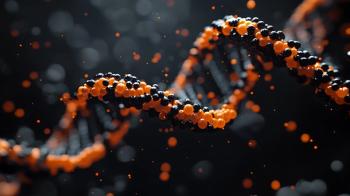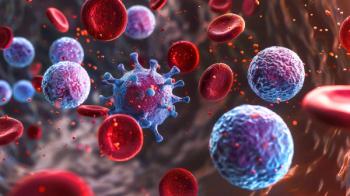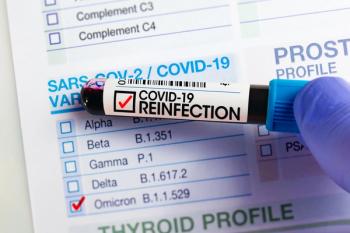
A Potential Barrier to Male Birth Control
There is one biological factor that may impact the development of a birth control pill for men.
Pharmacists are generally familiar with biological barriers that exist in the body because of the potential impact these barriers can have on pharmacotherapy.
A prominent example of this is the blood-brain barrier, but there is a lesser-known barrier in the testes that may pose a challenge for those working on developing a non-hormonal birth control pill for men.
The blood-testis barrier, which is responsible for protecting many stages of sperm production (spermatogenesis), is composed of Sertoli cells (also known as “nurse cells”) joined together by tight junctions along with other constituent proteins. It is also one of the most impermeable biological barriers that can be found in humans.
Favorable conditions for spermatogenesis are maintained by the blood-testis barrier via its ability to regulate the passage of various cells, molecules, and ions. It keeps toxic or harmful substances out while allowing key hormones and nutrients in.1
The blood-testis barrier accomplishes this by its inherent composition and the expression of specific protein transporters on the barrier itself. These transporters include P-glycoprotein (P-gp) and the breast cancer resistance protein.2
Both transporters have the ability to actively “pump” out many drugs and/or toxins, though the clinical significance of this action in the blood-testis barrier is debatable.3
Besides regulating molecular transport, the blood-testis barrier also protects the developing sperm from the immune system. It creates an immunologically privileged environment for sperm formation.2
Both developing and mature sperm are actually antigenic and could be destroyed by the immune system if they are not confined to a protected site. The blood-testis barrier prevents immune cells or antibodies from reaching and attacking the reproductive cells in the testes—an event that could adversely impact fertility.
A non-hormonal birth control pill for men may have to overcome the blood-testis barrier in order to impact key stages of sperm formation or the sperm themselves.2
So far, there have been few reported successes. However, a 2015 study showed that the calcineurin inhibitors tacrolimus and cyclosporine A are effective at reversibly rendering male mice infertile.4
Besides the obvious concern about using potent immunosuppressants with a wide range of unpleasant side effects for birth control, there is also the question of how these molecules negotiated the blood-testis barrier to affect sperm quality. Although this was not addressed by the researchers, it does show that non-hormonal drug therapy can reversibly reduce male fertility, at least in mice.
Some contend that a drug with adequate potency can overcome efflux and exclusion by the blood-testis barrier, since only a miniscule amount would be needed for efficacy.2 For that reason, tacrolimus and cyclosporine A may be less impacted by the presence of the blood-testis barrier.
Although the clinical significance of the blood-testis barrier is not well-established, it remains a potential obstacle in the development of oral male contraception. Pharmacists should be aware of this biological barrier, as it may play a role in the development of drugs targeting male fertility or testicular disorders in the future.
References:
1. Augustine LM, Markelewicz RJ, Jr., Boekelheide K, Cherrington NJ. Xenobiotic and endobiotic transporter mRNA expression in the blood-testis barrier. Drug Metab Dispos. 2005 Jan;33(1):182-9. Accessed December 14, 2015.
2. Cheng CY, Mruk DD. The blood-testis barrier and its implications for male contraception. Pharmacol Rev. 2012 Jan;64(1):16-64. Accessed December 14, 2015.
3. Dave DS, Leppert JT, Rajfer J. Is the testis a chemo-privileged site? Is there a blood-testis barrier? Rev Urol. 2007 Winter;9(1):28-32.
4. Miyata H, Satouh Y, Mashiko D, et al. Sperm calcineurin inhibition prevents mouse fertility with implications for male contraceptive. Science. 2015 Oct 23;350(6259):442-5. Accessed December 14, 2015.
Newsletter
Stay informed on drug updates, treatment guidelines, and pharmacy practice trends—subscribe to Pharmacy Times for weekly clinical insights.


















































































































































































































